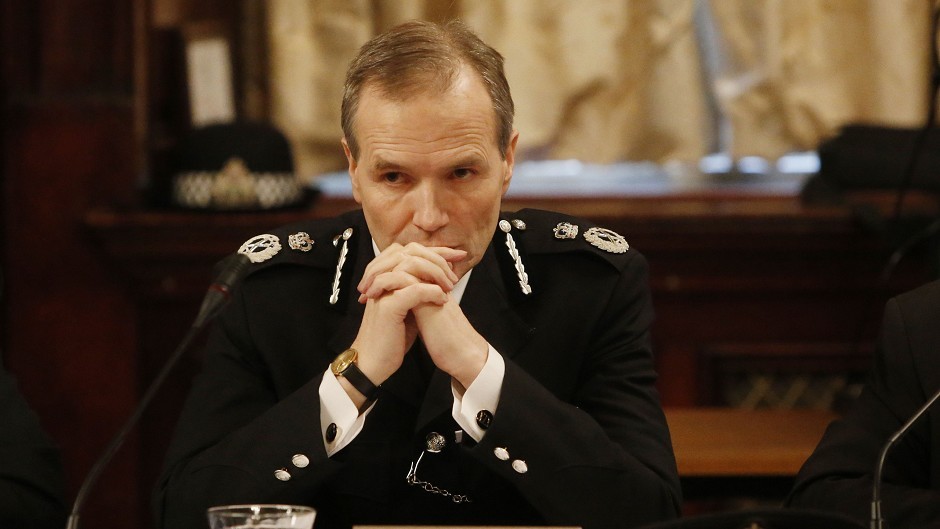Scotland’s police chief has indicated that he will step down from his role next year.
Sir Stephen House said it was unlikely he would apply for his four year contract to be renewed in September, 2016.
He has been severely criticised for allowing officers armed with handguns to attend routine incidents in the Highlands and the controversial practice of stop and search.
Decisions to close public counters at police stations and proposals to shut control rooms in the north have also gone down badly with politicians.
The Scottish Police Authority is refusing to give the Press and Journal raw data of a survey that claimed majority public support for the armed police policy to establish the level of backing in the north and north-east.
Liberal Democrat leader Willie Rennie told the Scottish Police Federation this week his party no longer had confidence in Sir Stephen and called on him to “change his ways” or go.
The former Strathclyde Police chief constable, who also served in the Metropolitan Police in London, said: “September 2016 will get me to somewhere like 35 and a half years in policing, probably a fair innings.
“The idea of me applying for a second contract is unlikely.”
A serving police officer told a newspaper yesterday that Sir Stephen, an Aberdeen University graduate, was a “control freak” who was “universally hated” and would not be missed.
The unnamed individual claimed he had destroyed the principle of common sense policing by consent in Scotland.
Sir Stephen admitted the speed at which the force had to be set up in April, 2013 meant it had not been able to “go as carefully as we should have done”.
He admitted that some things “could and should” have been done better and had given away “too many stupid penalties”.
But Sir Stephen argued that the list of things the force was getting right exceeded the bad and he had never been as accountable in his career as he is now.
The police chief said homicide detection rates were high, violent crime was coming down and rape and domestic abuse victims were getting a better service.
First Minister Nicola Sturgeon has voiced confidence in Sir Stephen but insisted that no chief constable should be “a law unto themselves”.
